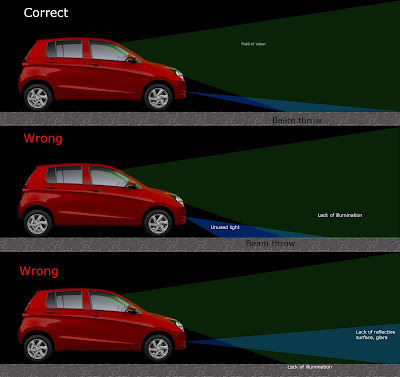It is vital to understand weights when it comes to shipping goods. Weight is used to determine shipping costs regardless of whether the shipment is made by sea, air, rail, or road. The paperwork, quotes, and bill of lading will clearly indicate which weight the costs are based on for that shipping company.
Gross weight and net weight are two most commonly used terminologies used.We will understand the difference between gross weight and net weight in this article.
Net weight is the base weight of a product by itself. It is probably the term most people are familiar with, as they encounter it daily on food packaging. The net weight of a can beans is only the weight of the beans themselves and does not include the weight of the can.
The word gross means total. Thus, gross weight means total weight. The gross weight will include all aspects required for shipping. It includes the actual product, its packaging and any other packaging required to enable the shipping of the product.
There is one more terminology which is known as tare weight.Tare weight is the weight of the container in which a shipment travels. The weight of the container, full of your cargo, is what you will be charged to ship, or what you will pay to receive. Tare weight equals gross weight minus the net weight.
1.Gross weight is the total weight of the shipment, including the raw products, its packaging, pallets, containers, and weight of transport vehicle.
2.Net weight refers to the weight of the raw product ordered. It does not include the weight of any container within which the product is held (e.g. a tin or box) or subsequent weight of pallets, larger containers, or the transport vehicle.
Summary:
2.Net weight refers to the weight of the raw product ordered. It does not include the weight of any container within which the product is held (e.g. a tin or box) or subsequent weight of pallets, larger containers, or the transport vehicle.









